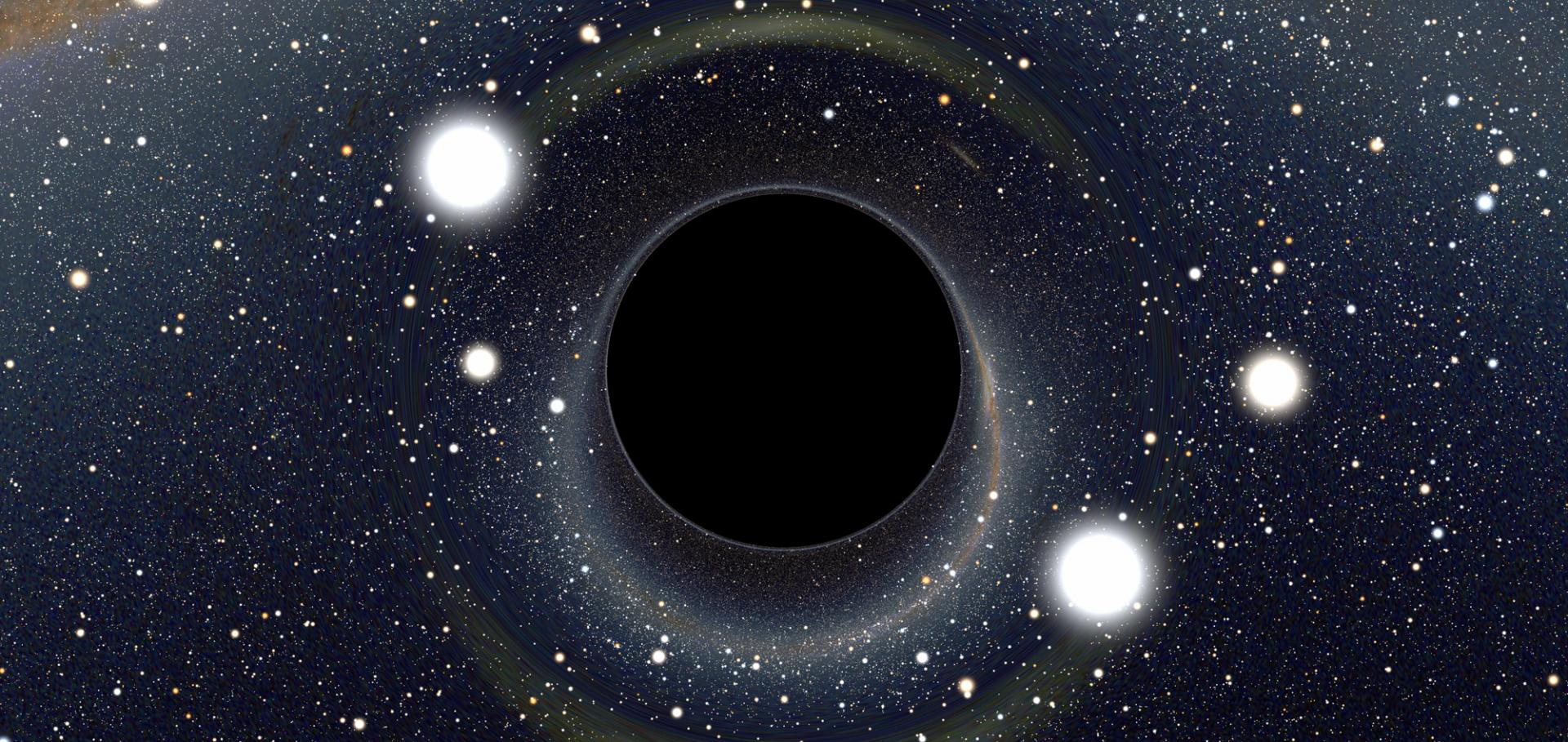The limited role of galaxy mergers in driving stellar mass growth over cosmic time
Density profile of dark matter haloes and galaxies in the Horizon-AGN simulation: the impact of AGN feedback
Abstract:
Using a suite of three large cosmological hydrodynamical simulations, HORIZON-AGN, HORIZON-NOAGN (no AGN feedback) and HORIZON-DM (no baryons), we investigate how a typical sub-grid model for AGN feedback affects the evolution of the inner density profiles of massive dark matter haloes and galaxies. Based on direct object-to-object comparisons, we find that the integrated inner mass and density slope differences between objects formed in these three simulations (hereafter, HAGN, HnoAGN and HDM) significantly evolve with time. More specifically, at high redshift (z ~ 5), the mean central density profiles of HAGN and HnoAGN dark matter haloes tend to be much steeper than their HDM counterparts owing to the rapidly growing baryonic component and ensuing adiabatic contraction. By z ~ 1.5, these mean halo density profiles in HAGN have flattened, pummelled by powerful AGN activity (“quasarmode”): the integrated innermass difference gapswith HnoAGN haloes have widened, and those with HDM haloes have narrowed. Fast forward 9.5 billion years, down to z = 0, and the trend reverses: HAGN halo mean density profiles drift back to a more cusped shape as AGN feedback efficiency dwindles (“radio mode”), and the gaps in integrated central mass difference with HnoAGN and HDM close and broaden respectively.On the galaxy side, the story differs noticeably.Averaged stellar profile central densities and inner slopes are monotonically reduced by AGN activity as a function of cosmic time, resulting in better agreement with local observations. As both dark matter and stellar inner density profiles respond quite sensitively to the presence of a central AGN, there is hope that future observational determinations of these quantities can be used constrain AGN feedback models.Cosmic evolution of stellar quenching by AGN feedback: clues from the Horizon-AGN simulation
Abstract:
The observed massive end of the local galaxy stellar mass function is steeper than its predicted dark matter (DM) halo counterpart in the standard $\Lambda $CDM paradigm. We investigate how active galactic nuclei (AGN) feedback can account for such a reduction in the stellar content of massive galaxies, through an influence on the gas content of their interstellar (ISM) and circum-galactic medium (CGM). We isolate the impact of AGNs by comparing two simulations from the HORIZON suite, which are identical except that one includes super massive black holes (SMBH) and related feedback. This allows us to cross-identify individual galaxies between these simulations and quantify the effect of AGN feedback on their properties, such as stellar mass and gas outflows. We find that the most massive galaxies ($ \rm M_{*} \geq 3 \times 10^{11} M_\odot $) are quenched to the extent that their stellar masses decrease by about 80% at $z=0$. More generally, SMBHs affect their host halo through a combination of outflows that reduce their baryonic mass, particularly for galaxies in the mass range $ \rm 10^9 M_\odot \leq M_{*} \leq 10^{11} M_\odot $, and a disruption of central gas inflows, which limits in-situ star formation, particularly massive galaxies with $ \rm M_{*} \approx10^{11} M_\odot $. As a result of these processes, net gas inflows onto massive galaxies drop by up to 70%. Finally, we measure a redshift evolution in the stellar mass ratio of twin galaxies with and without AGN feedback, with galaxies of a given stellar mass showing stronger signs of quenching earlier on. This evolution is driven by a progressive flattening of the $\rm M_{SMBH}-M_* $ relation for galaxies with $\rm M_{*} \leq 10^{10} M_\odot $ as redshift decreases, which translates into smaller SBMHs being harboured by galaxies of any fixed stellar mass, and indicates stronger AGN feedback at higher redshift.The new semi-analytic code GalICS 2.0 – reproducing the galaxy stellar mass function and the Tully–Fisher relation simultaneously
Abstract:
GalICS 2.0 is a new semianalytic code to model the formation and evolution of galaxies in a cosmological context. N-body simulations based on a Planck cosmology are used to construct halo merger trees, track subhaloes, compute spins and measure concentrations. The accretion of gas onto galaxies and the morphological evolution of galaxies are modelled with prescriptions derived from hydrodynamic simulations. Star formation and stellar feedback are described with phenomenological models (as in other semianalytic codes). GalICS 2.0 computes rotation speeds from the gravitational potential of the dark matter, the disc and the central bulge. As the rotation speed depends not only on the virial velocity but also on the ratio of baryons to dark matter within a galaxy, our calculation predicts a different Tully-Fisher relation from models in which vrot ∝ vvir. This is why GalICS 2.0 is able to reproduce the galaxy stellar mass function and the Tully-Fisher relation simultaneously. Our results are also in agreement with halo masses from weak lensing and satellite kinematics, gas fractions, the relation between star formation rate (SFR) and stellar mass, the evolution of the cosmic SFR density, bulge-to-disc ratios, disc sizes and the Faber-Jackson relation.


